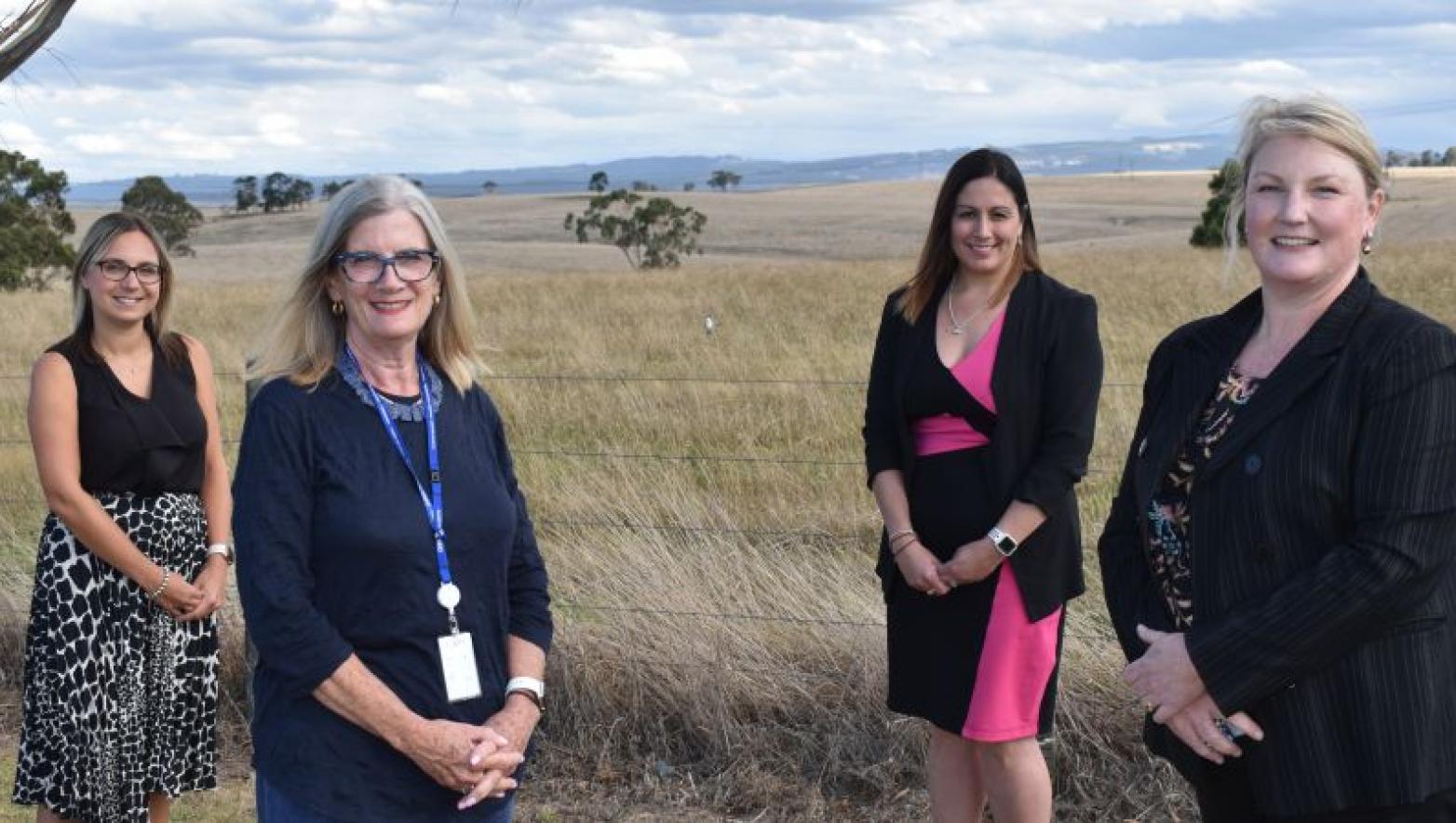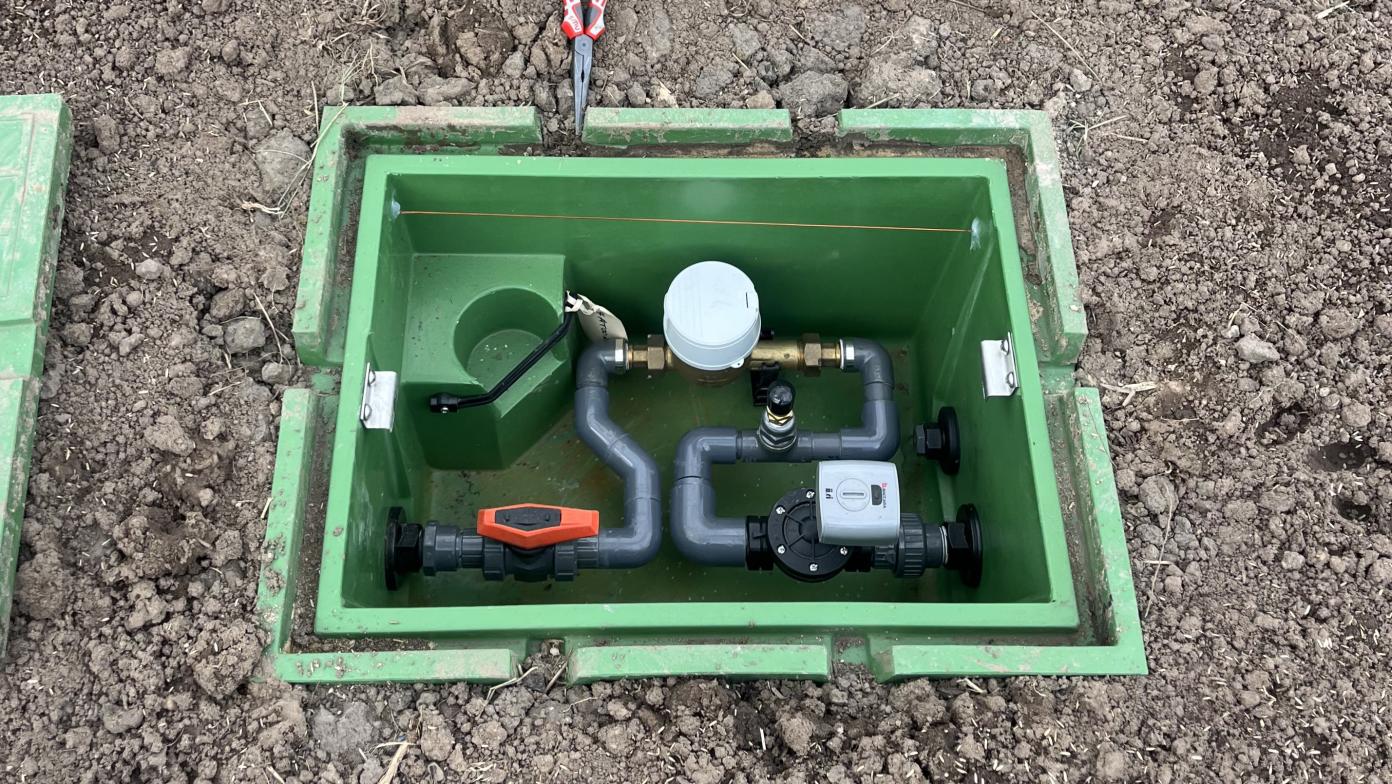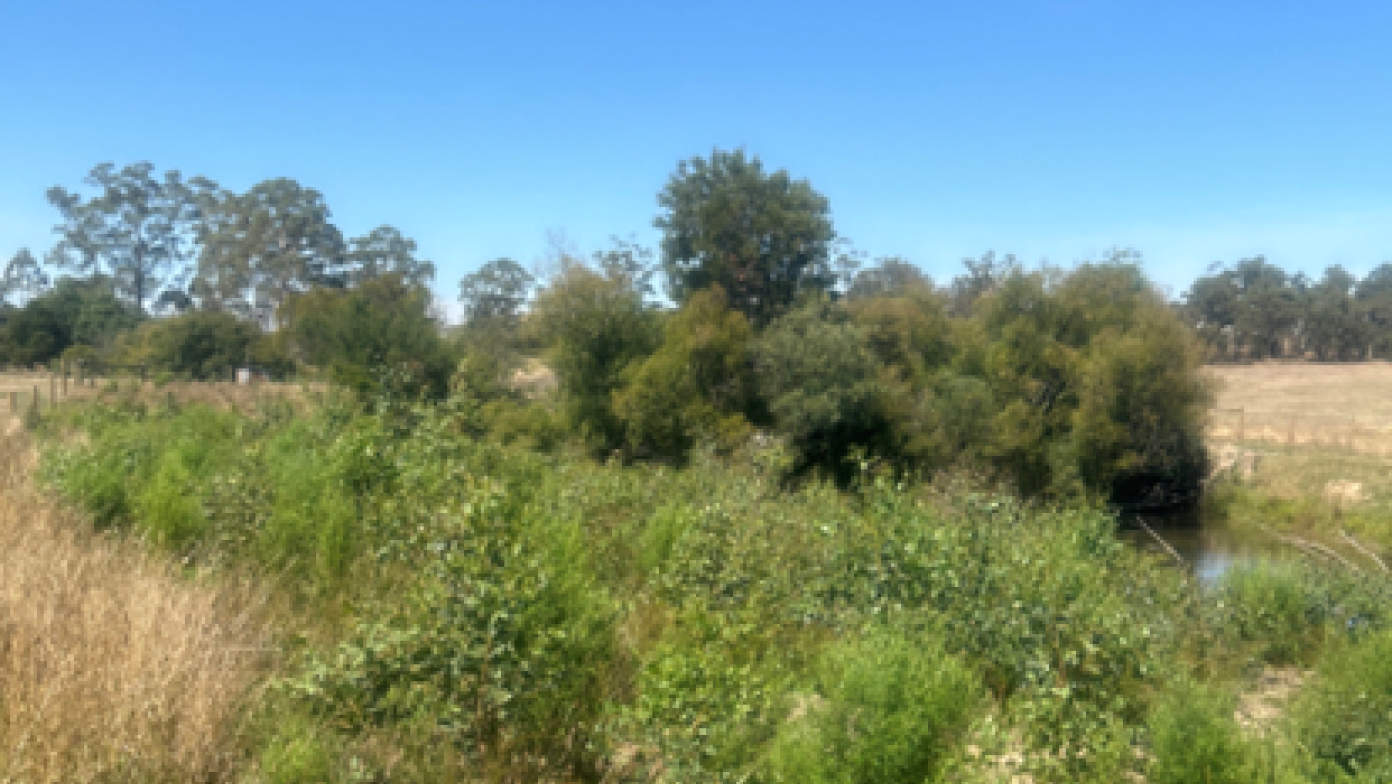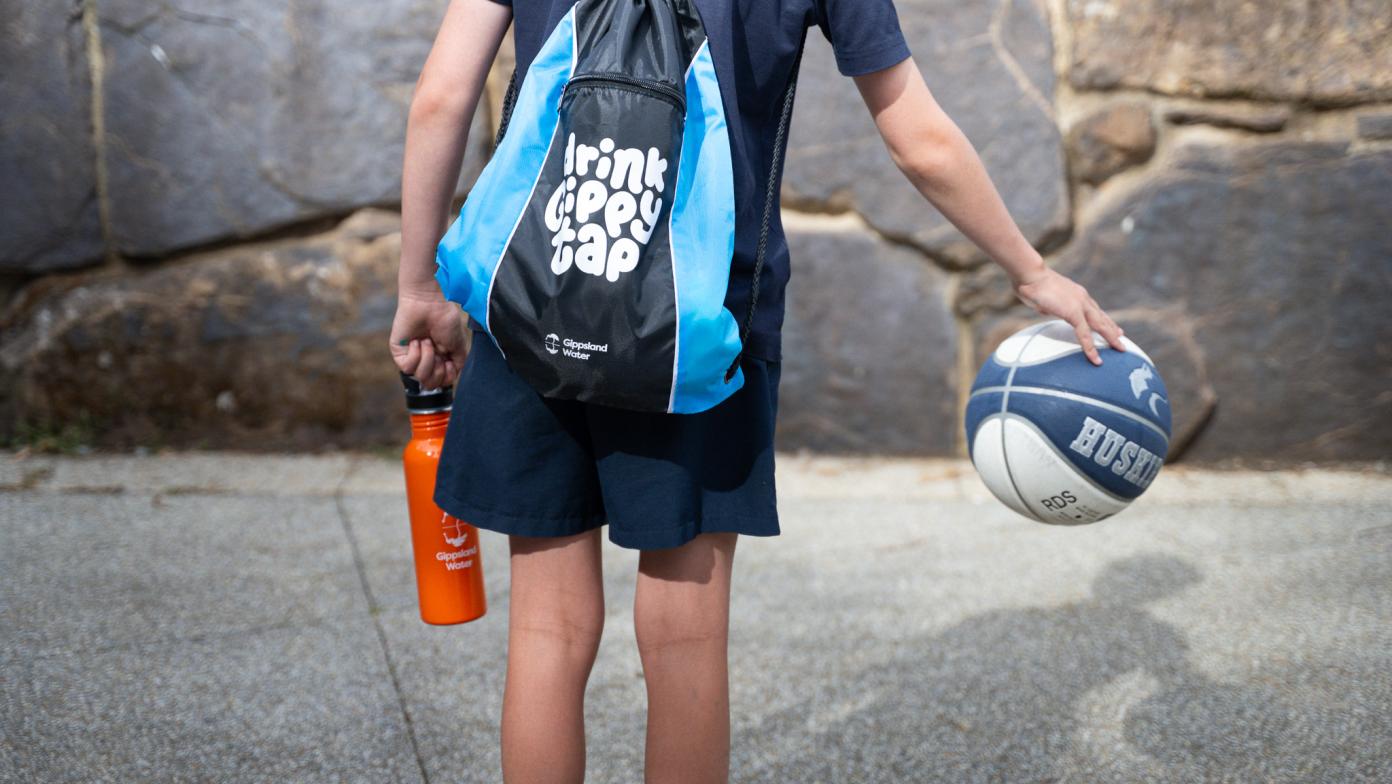Gippsland Water is female-led, and striving for better

By Sarah Cumming, managing director at Gippsland Water
To me, Gippsland Water’s position as a female-led organisation feels natural.
With Therese Ryan as chair of the Board, myself as managing director, Sarah Heath as chief financial officer, and Mel Thek as general manager business transformation, we’ve got these key roles in hand.
But I’m aware this leadership composition isn’t common. It hardly needs to be said when just 5 per cent of CEOs of Australia’s top 200 companies are women, a number that actually fell in 2020.
And it’s a shame for those companies, when we know that women make great leaders. A study published by Harvard Business Review found that of thousands of employee reviews, women outscored men on 17 of the 19 capabilities that make an excellent leader.
Other research has looked at the traits found in women that are often overlooked which can make the difference between a poor leader and a great one - such as being caring, humble and less self-focussed.
This isn’t about casting women as superior to men, but about valuing women’s strengths and not telling them to “be more like men” to succeed.
Gippsland Water has achieved gender balance at our senior leadership and Board level – this is a rare feat in the male-dominated water industry.
I’m proud to say that under our leadership, our organisation has recorded improvements in customer and staff satisfaction, as well as a strengthened focus on our future.
However, we have a long way to go to reach our gender diversity goals.
We’re proud of our ratio of female to male general managers, with a three-four split in the executive leadership team of seven. But when it comes to our managers and team leaders, the ratio is falling short of our goals.
Of our 17 managers, 18 per cent are women, while 23 per cent of team leaders are women.
We’ve looked inward for answers on this disparity - reviewing our job advertising methods and hiring procedures, strengthening our Diversity and Inclusion Plan, and ensuring women are encouraged to participate in leadership opportunities like our in-house leadership program.
Yes, there is still room for improvement, but there are also limitations to what we can achieve in this space alone.
When we get so few women applying for jobs in engineering, or IT or operations, my immediate thought is: where are all the women?
The reality is that they’re just not there. There is a serious lack of women studying and pursuing STEM careers.
We want to do something about that, and we’re not alone.
In 2019, the Australian Government released its Advancing Women in STEM strategy, which bases its action plan on addressing some dire statistics.
It quoted research that found girls and women face barriers to careers in science, technology, engineering and maths at every level, from early childhood to mid and late career.
Some of the factors discouraging girls and women from pursuing STEM careers include bias and stereotyping – the perception that some STEM fields are a better fit for men; career insecurity; a lack of flexible work arrangements; and a lack of role models.
A 2019 survey of more than 2000 Australian students aged between 12 and 25, found that girls reported significantly lower levels of interest and confidence in getting good results in all four STEM fields, but particularly in technology and engineering.
So it’s hardly surprising that as of 2016, just 12.4 per cent of engineers in Australia are women, and 28 per cent of those in ICT are women.
We know that one of the keys to encouraging girls to study and work in STEM, is by providing strong female role models.
That’s why we encourage our women engineers and operations team members to be mentors to teens as part of the Baw Baw Latrobe Local Learning Network’s STEM Sisters program.
The STEM Sisters project is an initiative of three Gippsland local learning networks, created in response to low levels of engagement from girls in STEM subjects.
It’s based on the idea that ‘if you can’t see it, you can’t be it’, and aims to show teens and young women the possibilities for careers in STEM, by connecting them with the women already living them. Our four STEM Sister Ambassadors support and promote STEM to young female learners.
The same ‘if you can’t see it, you can’t be it’ principle is behind our efforts to highlight our women working in male-dominated fields through our website and social media.
We want girls to be able to see that you can have a fulfilling career in STEM and you can do that right here in Gippsland.
Our leadership team is looking at further ways we can influence and encourage girls and women to think about a career in STEM.
We’re hoping to see more women applying for our two-year water and wastewater treatment operator traineeships – which are a great pathway from secondary school to a fulfilling career.
Through traineeships, we’ve seen staff members join us as high school-leavers and build their skills and knowledge over 20 or more years, and are now in a leadership position. Others are newer to their careers, but are already on that trajectory.
By providing flexibility for our full and part-time employees, and actively working to ensure our workplace culture is family and female friendly, we hope we’re removing some of the barriers that often face women during their careers.
We also hope these actions are contributing to a larger cultural shift.
On an International Women’s Day not too far into the future, I want to be saying that Gippsland Water is not only proud of our gender diversity at the top, but at every level of our organisation.



